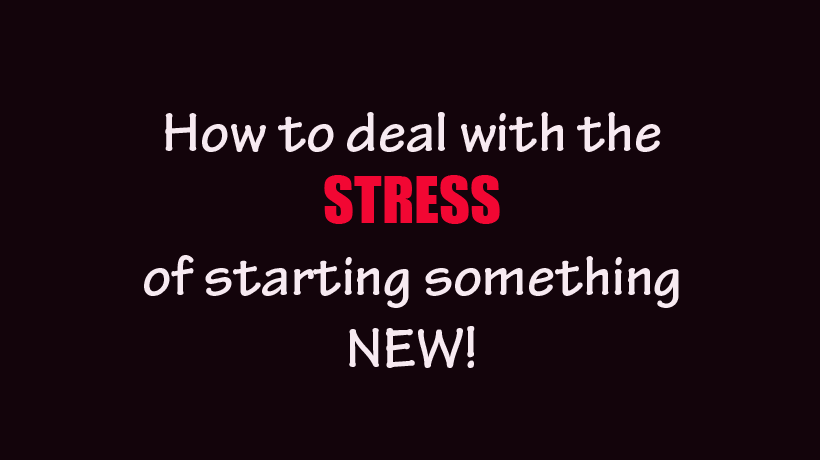Starting something new is always stressful. As we ramp up our New Year commitments, resolutions, and responsibilities, we need practical ways to address stress when it arises. Our moods often depend on our stress levels and impact both our relationships and our outcomes.
When we’re in a calm or joyful state, good ideas come more naturally, and conversations flow more easily. We can take on new habits, such as workouts and health goals. When we’re in a tense, depressed, or anxious mood, conversations can become complicated, and good ideas are harder to come by. The best thing you can do is to allow yourself to feel whatever you’re feeling and notice what changes you can choose that reduce stress and help you reach your goals. Here are three practical ways to do this:
- Pay attention to your moods. What are they like for you throughout the day? Do your feelings tend to follow a specific pattern? For example, are you usually upbeat at the start of the day, and tired or sluggish by the end? Or do your days tend to start with a calm state of mind, spike with positive energy around lunchtime, and then dip into a low point in the late afternoon? Keep a simple log of your moods for a few days or a couple of weeks in a row. Notice your daily or weekly pattern. As you become more aware of your attitudes, you can choose the ones that help you meet your desired objectives.
- Pick a goal and create a daily plan. For example, if your goal is to increase positive relationships with colleagues that create conditions for better collaboration, this plan might work. (Step 1) “When I arrive at my office, instead of turning on my computer to get right to work (Step 2), I will stop in to see one colleague each day to say a brief hello…” Notice what kind of reward would boost your mood and enjoyable for you, such as (Step 3) “…because it provides me with positive energy from having a pleasant response from one of my colleagues.”
One of the easiest ways to implement a new habit is to write down a simple plan. Post your plan where you will see it. Try it for one week, and you may find that the desired behavior will become automatic.
- .Experiment with the idea that you can choose your moods each day. Ask yourself at the start of each day, What emotions would I like to have today? Then consider what actions you might take to generate those. Would it help to exercise? Eat more or less or different types of foods altogether? Will you spend time with certain people but not others? Listen to music at specific points of the day? Go to sleep at a particular time? Go outdoors and get some fresh air to deal with the afternoon low point? Challenge yourself to take the actions that will help create the moods that you want.
The insights expressed in this article are from the writer’s experience as well as the experience of others.



